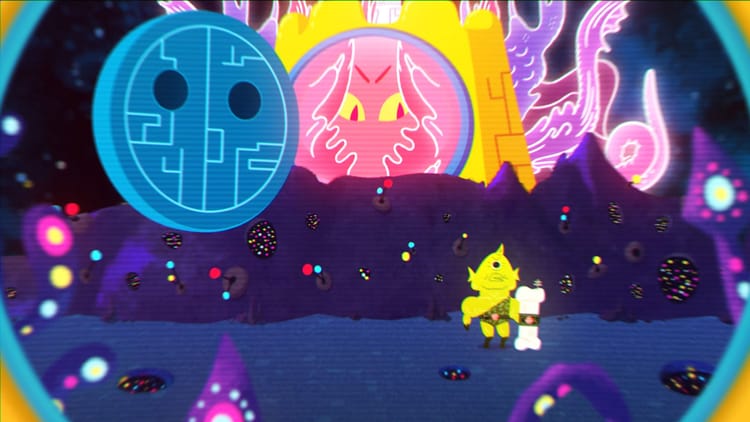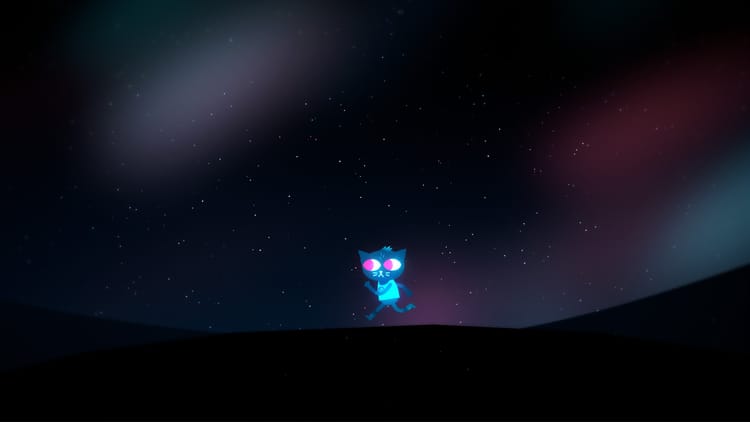MoMA acquires 14 games to permanent collection. Here’s how Kill Screen helped!

When we started Kill Screen a couple years ago, I used to feverishly check our order queue as the first crop of customers began to file into our web store to order print copies of issue zero. (Still available in ebook form!) It was a daily ritual for me, the way one might check on an herb garden or mark a child’s height on a bedroom wall. Chiefly, I was curious what kind of people were interested in Kill Screen and the variety constantly amused me.
One particular order caught my eye from a woman named Kate Carmody. It wasn’t the name, but the address — the Museum of Modern Art in NYC– that piqued my interest. Perhaps this is unorthodox and you might be weirded out if a vendor emailed you out of the blue for a non-customer service related question, but I shot Kate a note to ask her how she’d heard of Kill Screen (some blog, duh) and then I brazenly asked her to grab a cup of coffee. Kate agreed and as a curatorial assistant at the museum’s architecture and design department, she had a lot of questions about video games as she was prepping for the department’s show Talk to Me.
Coffee was quickly replaced by Chinese food as Kate brought along, to my surprise, her boss, Paola Antonelli. Paola is one of the world’s leading design experts whom I had actually interviewed years earlier for one of my first stories for the WSJ about designing packing tape. Our former editor Ryan Kuo and I decamped from our West Village coffee spot (we were officeless at the time) and sat with Kate and Paola for more than hour talking about video games and the world of design.
Since then, Paola, Kate, and MoMA have been partners in crime with Kill Screen as the latter was lucky enough to help the former bring more games to the world of modern art. We were fortunate enough to partner with MoMA last summer on Arcade, bringing more than 1,000 people to the museum to play games like LIMBO and Canabalt next to Keith Harings. But it was a secret project — to take games into the permanent collection — that was truly inspiring. Ryan and I generated a shortlist for Paola and her team and through later conversations, served as a sounding board and advisors for their potential picks. All of this was a secret — until today!
– – –
MoMA has announced that they are accepting a handful of video games into the permanent collection of the design department. They are as follows:
Tetris (1984)
Another World (1991)
Myst (1993)
SimCity 2000 (1994)
Vib-Ribbon (1999)
The Sims (2000)
Katamari Damacy (2004)
EVE Online (2003)
Dwarf Fortress (2006)
Portal (2007)
flOw (2006)
Passage (2008)
Canabalt (2009)
There’s a great post outlining their methodology that you can read here and of course, we’re pleased to have helped give recommendations. The selections are wonderful and unlike other museum forays into games, are reflective of MoMA’s particular curatorial position as opposed to an agglomeration of the most popular. On MoMA’s Inside/Out blog today, Paola writes:
As with all other design objects in MoMA’s collection, from posters to chairs to cars to fonts, curators seek a combination of historical and cultural relevance, aesthetic expression, functional and structural soundness, innovative approaches to technology and behavior, and a successful synthesis of materials and techniques in achieving the goal set by the initial program.
The cultural import of this cannot be underestimated. In the pantheon of pop culture, games are still second-class citizens. Part of this is generational. Adults of a certain age still regard games as mere play things. Part of this is cultural. Americans, in particular, often place play in juxtaposition with more serious ventures like working or writing. Part of this is self-inflicted. Gamemakers remain camera-shy and process-oblique. This unwillingness to adopt a public mantle prevents the public from knowing how games are really made and why the process of game design is important. All of these forces are changing, of course. Gatekeepers retire, games are growing leaps and bounds in the realm of commerce, and films like Indie Game: The Movie (and our new video series!) push game makers into the light.
As with all other design objects in MoMA’s collection, from posters to chairs to cars to fonts, curators seek a combination of historical and cultural relevance, aesthetic expression, functional and structural soundness, innovative approaches to technology and behavior, and a successful synthesis of materials and techniques in achieving the goal set by the initial program.
But having large institutions like MoMA cosign games as an important part of fabric of art and design goes a tremendous way to push the medium forward. This gives designers something strive for and places them on the same threshold as any other artist in MoMA’s collection. We applaud Paola, Kate, and the architecture and design teams for their foresight in what is truly a historic announcement. We’re happy to have to played some part in it and can’t wait join the expectant throngs in MoMA’s Philip Johnson’s galleries next March, waiting to pick up a controller and play with a piece of art history.



